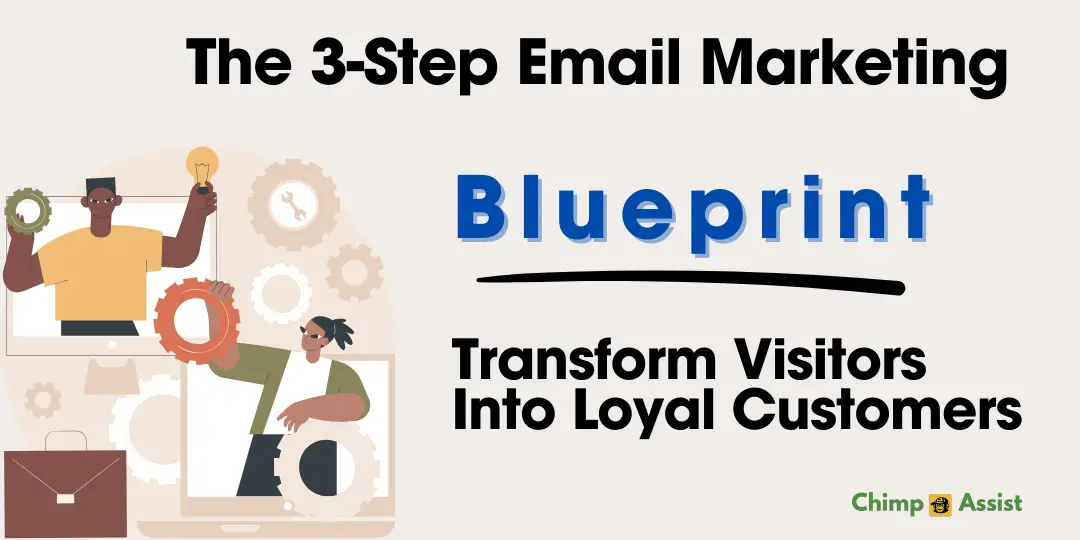Reading time: 4min.
Email deliverability is one of the most critical factors determining the success of your email marketing campaigns. While you may have carefully crafted content and a well-segmented audience, none of that matters if your emails end up in spam folders instead of inboxes.
Spam filters use sophisticated algorithms to evaluate incoming emails across multiple criteria, assigning each message a spam score that determines whether it passes through to the recipient. What makes this challenging is that different email providers have varying tolerance levels—an email might successfully reach Gmail users but get blocked by Outlook or corporate email systems.
Even legitimate senders with permission-based subscriber lists can fall victim to overly aggressive spam filters. The key to avoiding these false positives lies in understanding what triggers spam filters and proactively addressing potential red flags in your email campaigns.
This comprehensive checklist will help you optimize every aspect of your email campaigns to maximize deliverability and ensure your messages reach their intended recipients.
Email Deliverability Checklist
Email Deliverability Campaign Metadata Optimization
- Personalize the “To:” field using merge tags with recipient names instead of just email addresses
- Use a verified private domain for your sending email address rather than free services like Gmail
- Set up proper email authentication (SPF, DKIM, DMARC) for your domain
- Allow time for domain reputation building before sending large campaigns from new domains
- Ensure accurate Reply-To address and monitor automated replies for potential issues
- Ask subscribers to add you to their address book during the signup process
- Respond to any CAPTCHA tests from spam filters to verify human sending
IP Address and Email Sending Reputation
- Monitor your sending reputation regularly through your email service provider
- Comply with all Terms of Use for your email platform to maintain good shared IP reputation
- Report and address any spam complaints immediately
- Avoid sending practices that could negatively impact other users on shared IP addresses
Email Content and Format Guidelines
- Ensure all subscribers have explicitly opted-in to your email list
- Maintain consistent visual branding across emails, website, and social profiles
- Design content specifically for your target audience while keeping messaging clear and professional
- Test all links before sending to ensure they work properly
- Avoid using link shorteners which can trigger spam filters
- Use A/B testing to optimize content performance across different ISPs and domains
- Keep email design clean and balanced with appropriate text-to-image ratios
Technical Code Quality
- Use professional email templates rather than creating from scratch
- Avoid copying content directly from Microsoft Word which can introduce problematic formatting
- Remove any unnecessary HTML tags or sloppy code that could trigger filters
- Work with experienced designers if creating custom email templates
Ongoing Monitoring and Testing for Email Deliverability
- Preview emails using inbox preview tools before sending
- Monitor campaign reports for abuse complaints and bounce rates
- Check SMTP replies for mentions of aborted processes or permanent errors
- Review bounce reports to identify potential deliverability issues
- Track abuse reports in campaign analytics and investigate any complaints
- Conduct regular deliverability tests across major email providers
- Stay updated on email compliance requirements and industry best practices
Email Red Flag Indicators to Watch For
- Abuse reports greater than zero – investigate immediately
- High bounce rates – clean your email list regularly
- SMTP error messages mentioning spam or filtering issues
- Declining open rates across campaigns
- Increased unsubscribe rates which may indicate content or frequency issues
Final Notes
Remember that spam filters evaluate emails holistically using multiple criteria. While one minor issue might not doom your campaign, multiple red flags will significantly increase your chances of being filtered. The key is maintaining high standards across all aspects of your email program—from technical setup to content quality to list management practices.
Regular testing, monitoring, and optimization are essential for long-term email deliverability success. Make this checklist part of your routine email campaign workflow to ensure consistent inbox placement and maximize the ROI of your email marketing efforts.
If you need help implementing any of these email deliverability strategies or have questions about optimizing your Mailchimp campaigns, feel free to reach out to me: Kevin Urquhart. At Chimp Assist, we specialize in helping Mailchimp users maximize their email marketing success.





